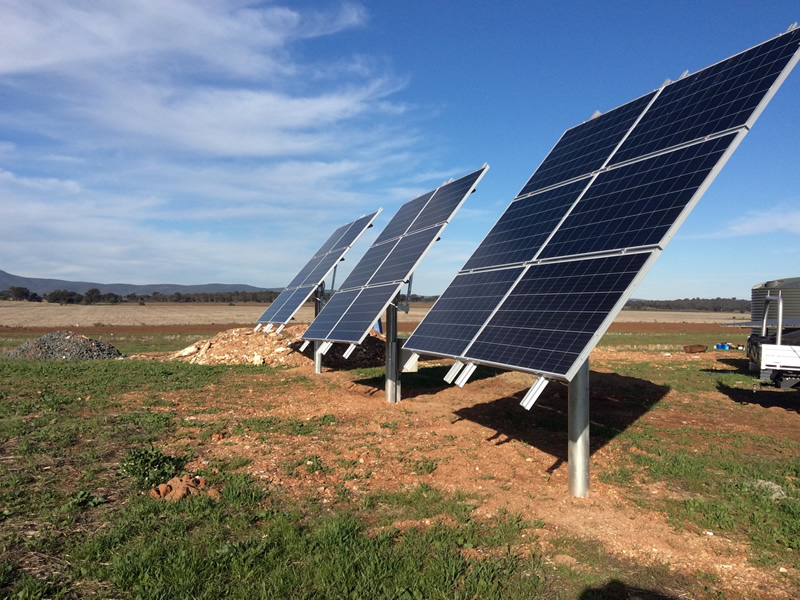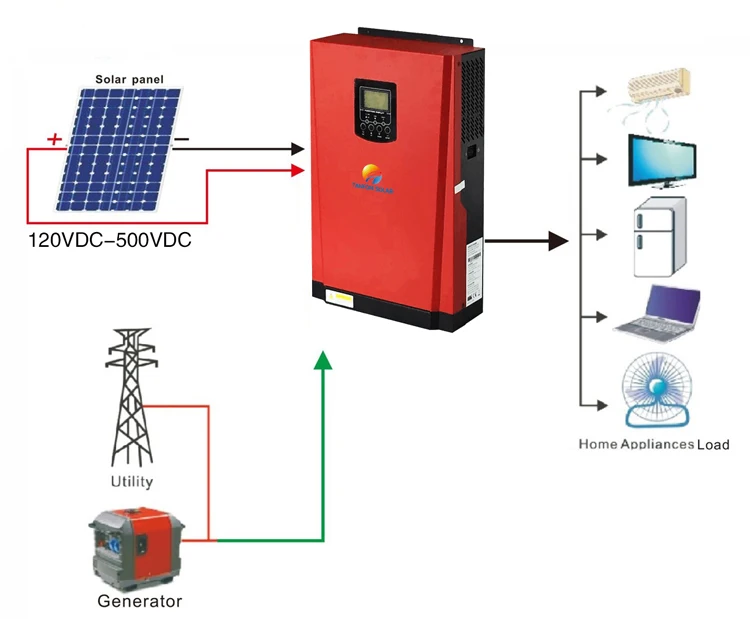

Global deployment figures Solar photovoltaics (PV) Most operational CSP stations are located in Spain and the United States, while large solar farms using photovoltaics are being constructed in an expanding list of geographic regions. However, the design for several new projects is being changed to cheaper photovoltaics. Germany, situated in a region with only 1000 kWh per kWp solar potential, has produced up to 40 GW of power during peak hours on 27 April 2021, more than 60% of the necessary 65 GW.Īfter an almost two decade long hiatus, deployment of CSP resumed in 2007. Italy, Germany and Greece can produce between 7% and 8% of their respective annual domestic electricity consumption. The available solar PV capacity in Honduras is now sufficient to supply 12.5% of the nation's electrical energy while Australia is approaching 11%.

The top installers of 2016 through 2019 were China, the United States, and India.

As of 2020, there are at least 37 countries around the world with a cumulative PV capacity of more than one gigawatt. By early 2020, the leading country for solar power was China with 208 GW, accounting for one-third of global installed solar capacity. By the end of 2019, a cumulative amount of 629 GW of solar power was installed throughout the world. Worldwide growth of photovoltaics is extremely dynamic and varies strongly by country.


 0 kommentar(er)
0 kommentar(er)
